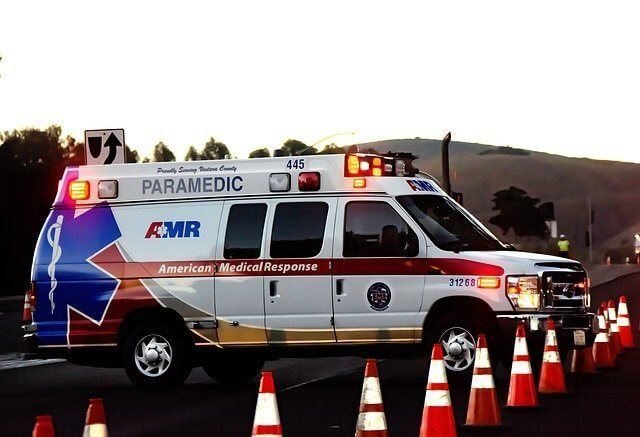Last Updated on March 21, 2024 by Nasir Hanif
In case of an accident, what to do immediately is to seek medical attention. The first thing to do is exchange information with the other party. It is also important to gather evidence, such as pictures of the accident scene, emergency vehicles, and driving conditions. Witnesses’ testimonies and records of damage to vehicles are also important to have. These records will help the police or court in their investigation.
The first step to take is to call the police. If you are not injured, you should call an ambulance immediately. If you are involved in an accident, it is important to get details of the other driver. If you are able to identify the other driver, you may be able to make a claim against them for compensation. The emergency vehicle is normally equipped with black boxes that record speed and location. After an accident, you should take notes on the details of the accident for insurance purposes. In addition, you should try to collect the names of witnesses.
You must stop the emergency vehicle if you feel it is speeding. You must also avoid arguing with the other driver. It is important to remain calm. Even if the other driver has no insurance, you should not argue. It is possible to say something incorrectly in the heat of the moment. It is also important to tell the police officer your version of the incident, as well as the names of any witnesses.
Warnings of Emergency Vehicles Approaching and What to Expect
If you see an emergency vehicle approaching, it is best to slow down. If the emergency vehicle is not on the road for a long time, pull off to the side of the road. Wait for the emergency vehicle to pass before proceeding. It is best to keep your distance from the vehicle until it has passed and then watch for other emergency vehicles. Remember, the last thing you want to do is cause an accident, so take all precautions you can.
To help increase driver awareness, emergency vehicles use flashing coloured lights. These warning devices are also known as beacons or lightbars. They serve two purposes. First, they are designed to attract other road users’ attention and alert them that an emergency vehicle is approaching. Second, they provide a visual cue that other drivers may use to fend off an emergency vehicle. Third, they increase the safety of the road.
A study found that warnings of emergency vehicles are effective in increasing the number of road users who yield to emergency vehicles. Further, EVA messages also reduced the mean speed of other vehicles. It was concluded that EVAs are beneficial for both time-efficient emergency transport and traffic safety. So, why not try them? They might work in your local area, too! Warnings of Emergency Vehicles Approaching and What to Expect
Who Is Liable When an Emergency Vehicle Is in an Accident?
In Texas, crash involving an emergency vehicle are governed by a special statute, the vicarious liability statute. Vicarious liability is a legal theory under which a person may be held liable for the negligence of another. Because emergency vehicles are used by the government, they are often immune from personal injury lawsuits. This immunity depends on the details of the accident, including the driver’s negligence and the circumstances surrounding the accident.
You might consider reaching out to reliable immigration lawyers at Spar & Bernstein law offices, that will help you in the current situation. The law regarding liability in an accident involving an emergency vehicle is complex. If the driver of the vehicle causes an accident, he or she may be liable for any damage or injuries that result from the collision. However, this does not mean that an emergency vehicle operator is not liable for an injury or property loss. While an emergency vehicle operator is generally immune from personal injury claims, he or she may still be liable for property damage and medical expenses if the driver fails to use reasonable care.
There are many different factors to consider in an emergency vehicle accident. For example, the emergency vehicle operator is required to follow all traffic laws, including the state’s regulations. This means that it is not responsible for any accidents that occurred due to the negligence of the emergency vehicle driver. In fact, New York state law specifically permits claims for property damage and personal injury caused by the negligence of a public entity.

























